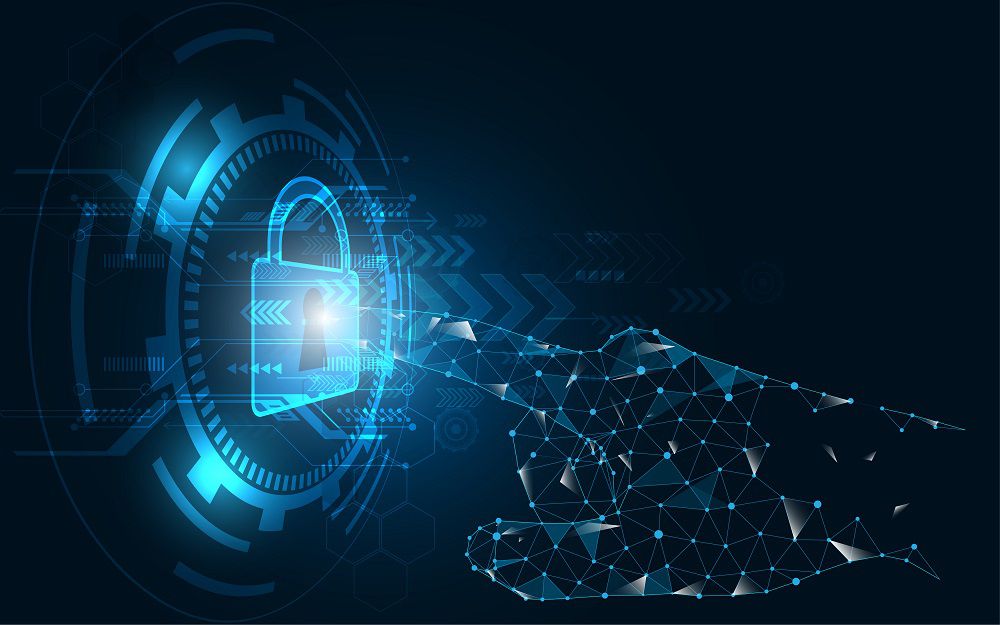Cybersecurity is a critical part of business management, protecting against threats such as phishing, malware and viruses while helping mitigate losses associated with data breaches.
Additionally, remote working allows staff members to stay safe and secure when working remotely, improving productivity by providing easier access and stronger security protocols.
1. Artificial Intelligence and Machine Learning
Artificial Intelligence and Machine Learning may invoke visions of a dystopian future where humans are subservient to supercomputers; however, cybersecurity has taken the opposite approach, using AI/ML technologies to detect, analyze and prevent cyber attacks before they cause serious damage or disruption.
One key approach is by conducting data analytics at scale and finding patterns, anomalies and indicators of compromise that would otherwise be difficult for human analysts to detect. This helps teams quickly recognize threats faster while shortening response times when responding to them.
Another method is using Machine Learning (ML) for User and Entity Behavior Analytics (UEBA), which can detect insider attacks as well as deviations from normal behaviors and help detect overexposed data, outdated records or inconsistencies with permissions that must be corrected. This technique also has potential uses in helping identify possible insider attacks against networks or even employees who breach them and expose data or cause disruptions within their organisation.
2. Behavioral Biometrics
Behavioral biometrics use unique patterns of user interaction with their keyboard, mouse and touchscreen to authenticate an identity. Unlike physical biometrics such as fingerprint or facial recognition which rely on physical features that can be replicated or bypassed, behavioral authentication operates passively in real time and operates at no risk to compromise security.
Behavioral biometrics use each customer’s behavioral footprint to detect suspicious activity to help detect fraud and protect consumers without needing additional input from them. Working seamlessly in the background for seamless online experiences without additional friction from consumers or merchants alike, it scals well across banking environments while responding instantly to any transaction risks, making it hard for hackers to overcome and organizations easy to quickly recognize attacks when they arise.
3. Quantum Computing
Quantum Computing is an emerging cybersecurity technology with numerous benefits, including faster machine learning algorithms, cryptography, and the creation of quantum random number generators.
QKD technology uses principles of quantum physics to enable secure communication over optical fiber networks or free space using aspects of quantum key distribution (QKD). QKD ensures forward secrecy by taking advantage of observation affecting systems; thus rendering it nearly impossible for eavesdroppers to intercept encrypted data.
Quantum computing will also enable more secure encryption techniques that can withstand attacks from quantum computers, an important consideration given that the National Security Agency has set a 2035 deadline for transitioning to Post-Quantum Cryptography (PQC) technology – with scaled quantum computers potentially cracking current encryption systems within hours or minutes of their arrival on the scene.
4. Cloud Security
Cybersecurity for cloud environments is an increasingly critical priority. As IT systems expand quickly and deploy software updates hourly, this added level of complexity requires unique security technologies – like security service edge (SSE), zero trust solutions that help secure remote workstations while protecting data and apps against threats posed by skilled cybercriminals, mitigating vulnerabilities quickly, and providing easy access to critical cloud resources.
Securing cloud-based resources requires an intricate series of processes and controls, including centralized management, strong user identity protection with passwords, encryption at rest, use, and motion, ongoing network monitoring for blind spots, as well as cybersecurity awareness training for all users. Shared responsibility models between cloud providers and their customers increasingly emphasize cybersecurity processes, responsibilities, and accountability measures.
5. Cyber Threat Intelligence
Cyberattacks evolve quickly and require complex solutions to counter them. A holistic cybersecurity strategy encompasses all the solutions necessary to secure all aspects of an organization, including cloud environments and respond quickly when threats emerge.
New regulations have complicated the threat landscape further, forcing companies to ensure their security systems comply or risk incurring expensive fines and penalties. Conducting a comprehensive risk analysis helps identify gaps and address them more easily.
Other elements of an effective cyber defense include zero trust architecture, which makes all entities within and outside a company’s security perimeter “untrustworthy” by default and requires them to prove their legitimacy; and Security Information and Event Management (SIEM), which prioritizes responses based on risk management objectives of the organization. Many organizations are also integrating SIEM with Security Orchestration Automation and Response tools (SOAR), which automate and accelerate response times during cyberattacks.






More Stories
Mastering Widget Customization in iOS: A Complete Guide
What is Best Available Technology?
How to Avoid Mobile Addiction